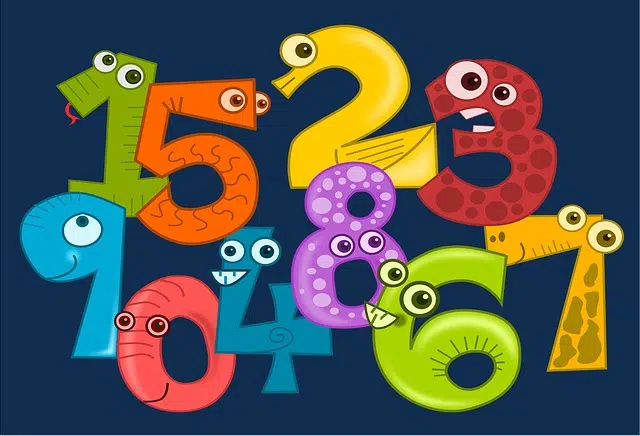
The decimal system has ten as its base.
The decimal system is a numbering system : a series of symbols that, respecting different rules , are used to construct numbers that are considered valid. In this case, the system takes ten as its base.
This means that the decimal system is responsible for representing quantities using ten different figures or digits: 0 (zero), 1 (one), 2 (two), 3 (three), 4 (four), 5 (five). ), 6 (six), 7 (seven), 8 (eight) and 9 (nine).
The importance of relative position
It is important to note that the decimal system is a positional system . The digits acquire their value according to the relative position they occupy. This position, in turn, depends on the base in question.
The decimal system, as we said, uses ten digits and has the powers of the number ten as its base. In this way: 10 to the power of 0 is equal to 1 ; 10 to the power of 1 is equal to 10 ; 10 to the power of 2 is equal to 100 ; etc
Curiosities of the decimal system
Diverse and varied are the curiosities that are worth knowing about the aforementioned decimal system. However, among them are, for example, the following:
-It is considered that it was an invention of the Hindus and that it came to European territory from the Arabs.
-Historians and other experts on the subject agree that possibly the fact that it is a system based on 10 is due to the ten fingers that we have between both hands and that, over time, man has used to count.
-With regard to the so-called decimal separator, there are fundamentally three options: the comma, the period and the high comma. In Spain, for example, it is preferred to use the comma while in the United States the period is preferred.
-As we have mentioned previously, the groupings it has are formed in 10s, which results in the existence, within what the units are, for example, both the units themselves and the tens or hundreds.

To represent quantities, the decimal system can use ten different digits.
An example
The number 523 , for example, has three digits. In the decimal system, it is constructed in the following way, respecting the corresponding positions :
(5 x 10 to the power of 2) + (2 x 10 to the power of 1) + (3 x 10 raised to 0)
(5 x 100) + (2 x 10) + (3 x 1)
500 + 20 + 3
523
As you can see, from right to left, the first place corresponds to the unit ( 10 to the power of 0 ), the second place corresponds to the ten ( 10 to the power of 1 ) and the third place corresponds to the hundred ( 10 to the power of 2). ).
Dewey Decimal Classification System
In addition to all of the above, we have to emphasize the value of what has become known as the Dewey decimal classification system (CDD) that is used in libraries. It was created at the end of the 19th century, specifically in 1876, in the United States and is identified because the publications are classified into ten different categories:
-Generalities.
-Philosophy and Psychology.
-Religion and Theology.
-Social Sciences.
-Languages.
-Basic Sciences.
-Technology and Applied Sciences.
-Arts and recreation.
-Literature.
-History and Geography.
